Chargers with multiple features and much convenience always have a comfortability advantage. But a fast wireless charger is still a top-notch priority.
Is wireless charging quick? If so, how fast could it move? In this blog, we’ll clear all the doubts regarding a fast wireless charger speed.
Just How Fast is Wireless Charging Right Now?
Qi’s mobile phone charging specifications include Basic Power Profile (BPP) and Extended Power Profile (EPP).
These profiles increase the amount of power transferred to 15 watts while producing no extra heat. This translates to a 300% increase in power for your gadgets’ internal coils, allowing them to recharge your phone faster without overheating.
Despite the fact that the two profiles are technically distinct, EPP wireless charging is quicker than BPP. Additionally, EPP was modified to provide even quicker charging since Qi is an open standard.
The wattage and model of your smartphone can have a big significant impact on how quickly and effectively a fast wireless charger can charge your device.
For instance, if your phone supports rapid charging, you can use a wireless phone charger to charge it to about 50% of its capacity in 30 minutes and to full capacity in 90 minutes.
What’s it With the Wattage?
Watts are the units of measurement for the total amount of power flowing through your wireless phone charger.
Although you might expect a high-wattage charger to charge your phone faster, this isn’t always the case. In some cases, a watt count on a wireless phone charger, whether high or low, is preferable.
Other than power, you must consider other factors when looking for a fast wireless charger. Consider your phone’s power capacity as well as how you intend to use the charger.
15 watts is more than enough to charge your devices wirelessly as quickly as possible. That holds true for devices. Even though it is possible to get a charge that will function in the future for your Apple devices. iPhones presently are limited to 7.5 watts.
As a result, the wireless charger will automatically adjust to the highest power output. which is typically less than 10 watts, whether a 10-watt or a 15-watt version is chosen.
What Types of Wireless Chargers Do We Have Now?
Wireless phone chargers come in two different categories. Whether you own an iPhone or an Android smart charging phone will determine which version you choose.
To begin charging your iPhone wirelessly, simply place it on a wireless charging mount or pad that is connected to a power source. Your phone will begin charging automatically.
The QROV 15Watt Qi car mount wireless charger is significantly superior. This wireless car charger eliminates the need to remove a case up to 3 mm thick. QROV supports charging through protective cases.
The process for wireless charging on Android is the same as it is on iOS. You only need to choose the best wireless charger for car, such as the QROV MAX fast wireless charger for both Android and iPhone.
Will My Phone Case Affect Fast Wireless Charging?
Your phone may not be able to charge on a charging mount or pad if it has certain phone cases. This is due to electromagnetic radiation’s limited range of travel. If the case is too thick or made of a non-transmitting material, charging your phone may be difficult.
Thin cases made of leather, silicone, rubber, and plastic usually work fine with wireless charging stations.
If your case does not support wireless charging, remove it before charging your iPhone. You might also spend money on a case that supports wireless charging.
Although wireless charging is still in its infancy, it is developing quickly and expected to become the norm over the next few years.
Your smartphone or other gadget uses the magnetic field produced by a magnetic wireless charger to gain energy. When you place your phone on a wireless charging mount or pad, a built-in coil in the phone absorbs energy from the magnetic field and uses it to charge the battery.
4 Practical Advice to Increase Wireless Charging Speed
While the wattage of your phone has a huge impact on how quickly a magnetic wireless charger can operate, you can speed up the charging process by doing the following:
- Avoiding overheating
As the temperature rises, less power passes to the battery, which has a detrimental impact on wireless charging. Wireless charging severely slowed down by temperatures of over 30 degrees Celsius. Extreme heat might completely cease charging. Use a magnetic car holder for phone charger that is designed to prevent heat build-up and maintain a temperature of no higher than 30 degrees Celsius in the charging environment.
- Charge on Flight Mode
When charging wirelessly, it is best to turn off your phone or put it in flight mode. If you must use it, be cautious. The amount of power your gadget uses while charging determines how much power it needs from an external power source.
- Close background applications
To speed up wireless charging, you should close any open apps if you must use them. When you close most programs, they continue to use power in the background to retain their essential functionality. Additionally, make sure to routinely clean your cache and remove less-useful apps from your device.
- Turn off display
When your phone’s display is turned off, charging can be up to 80% faster than when it is turned on.
The Bottom Line
It’s only a matter of time before wireless charging surpasses common cable charging standards as more and more manufacturers come on board.
Modern car charger phone mount, at least in private areas, offers lightning-fast speeds. By selecting the best wireless in car phone charger that matches the wattage capacity of your phone, you can take advantage of fast wireless charging speeds.

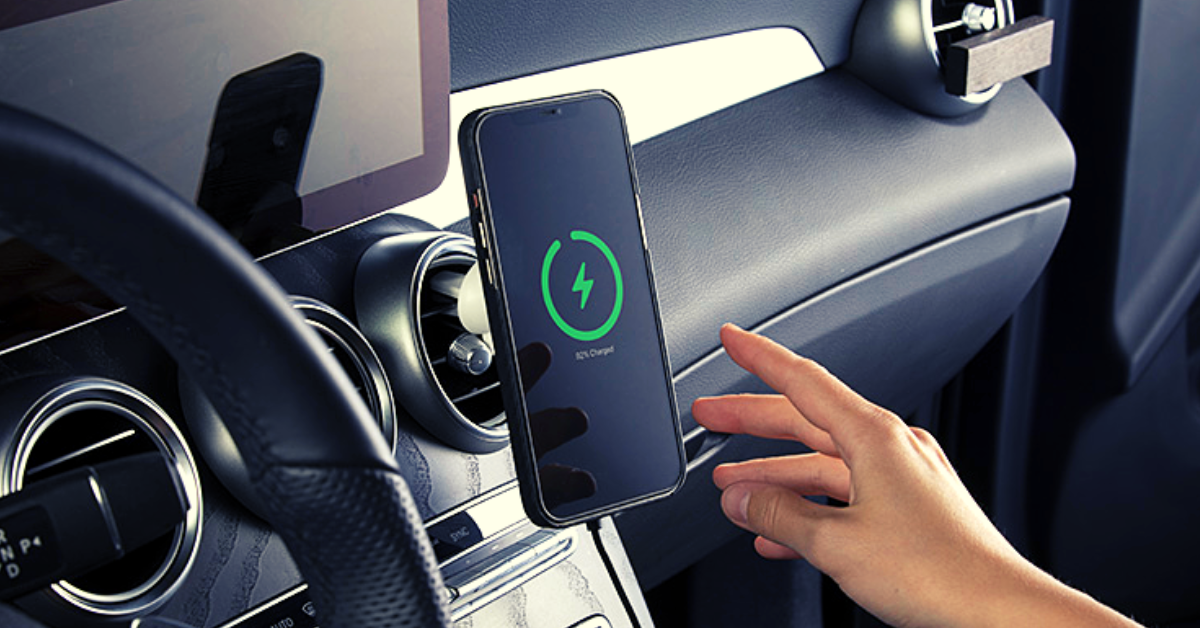

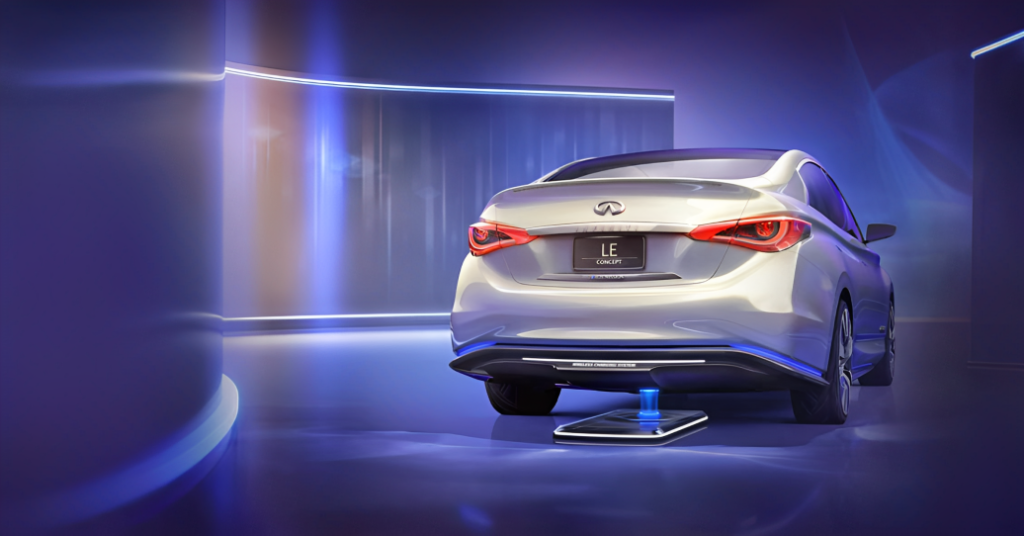
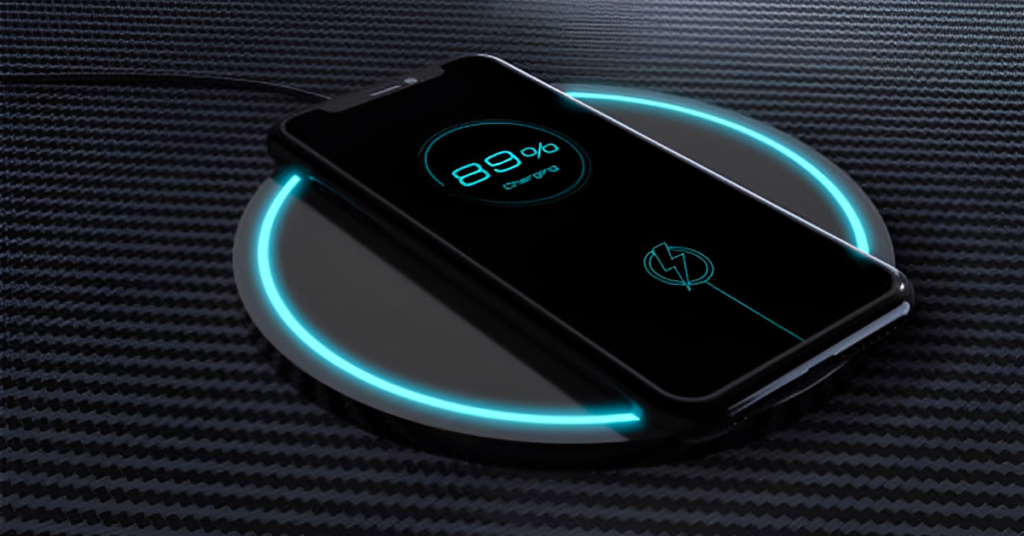
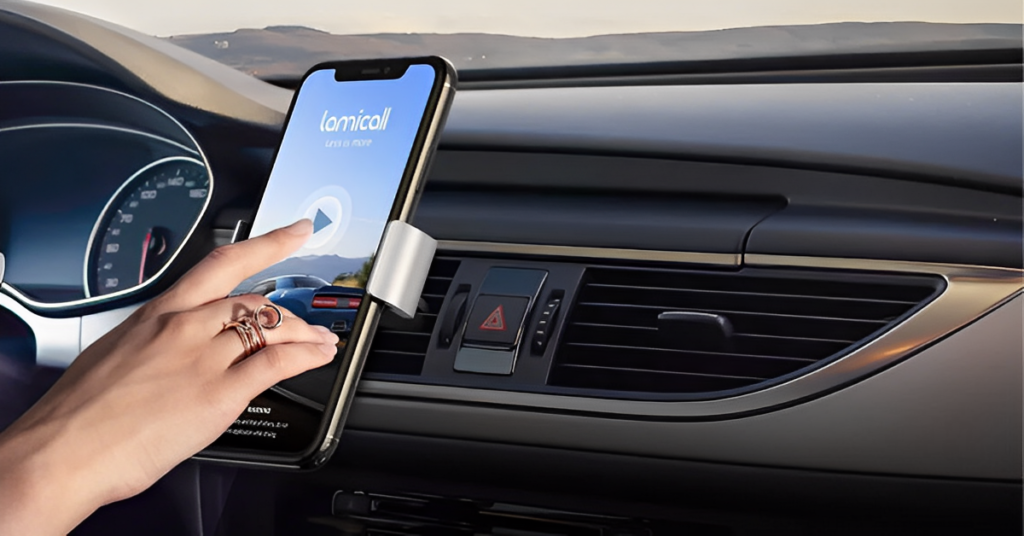
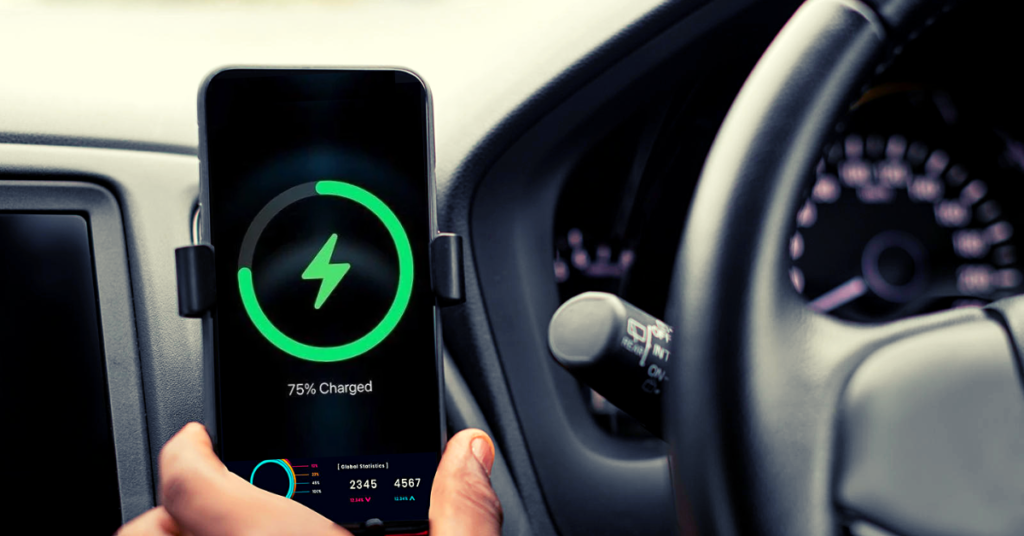
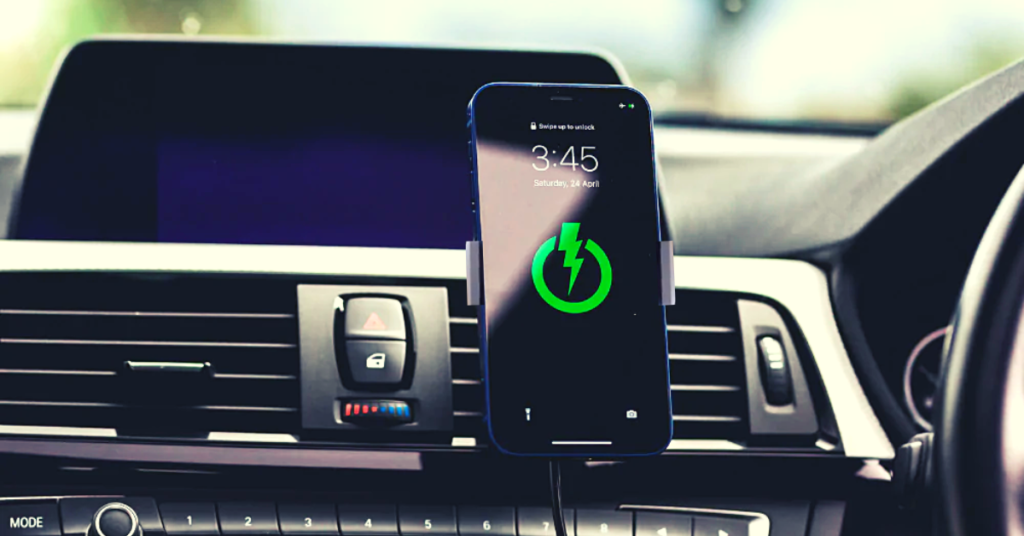

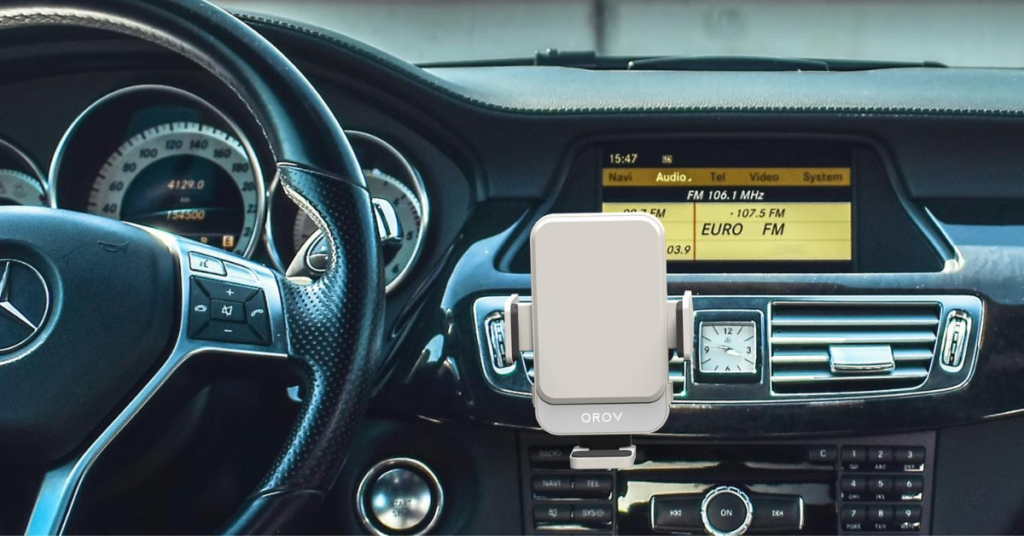
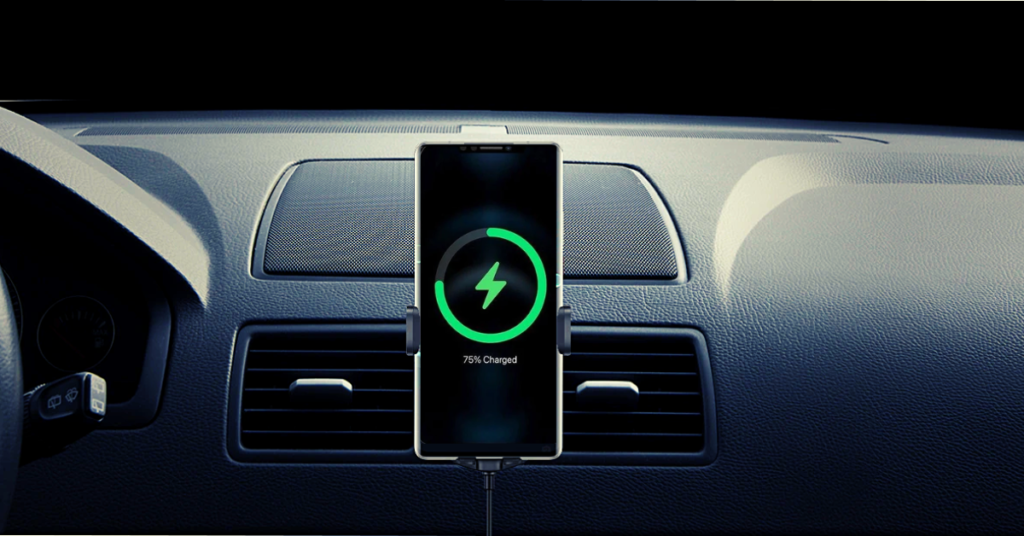
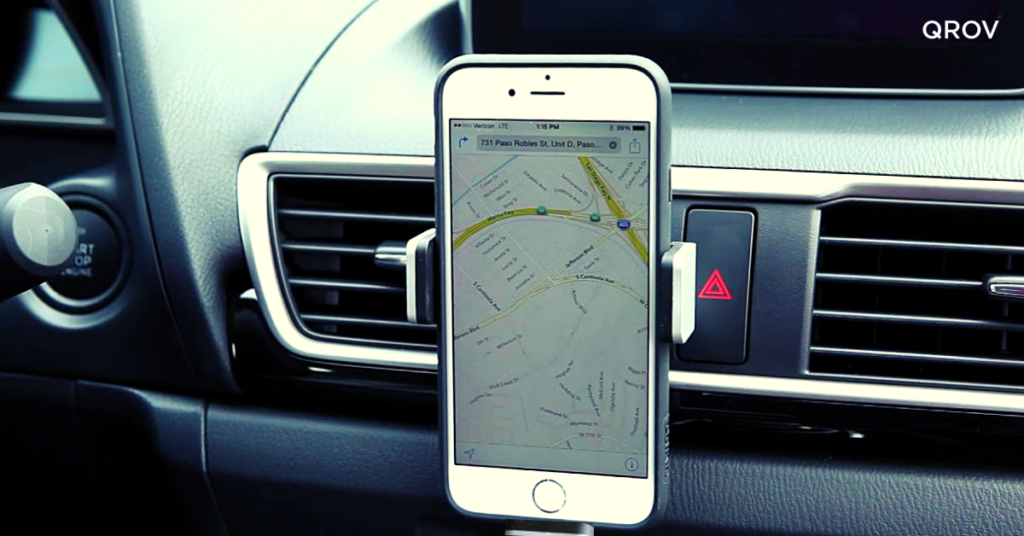

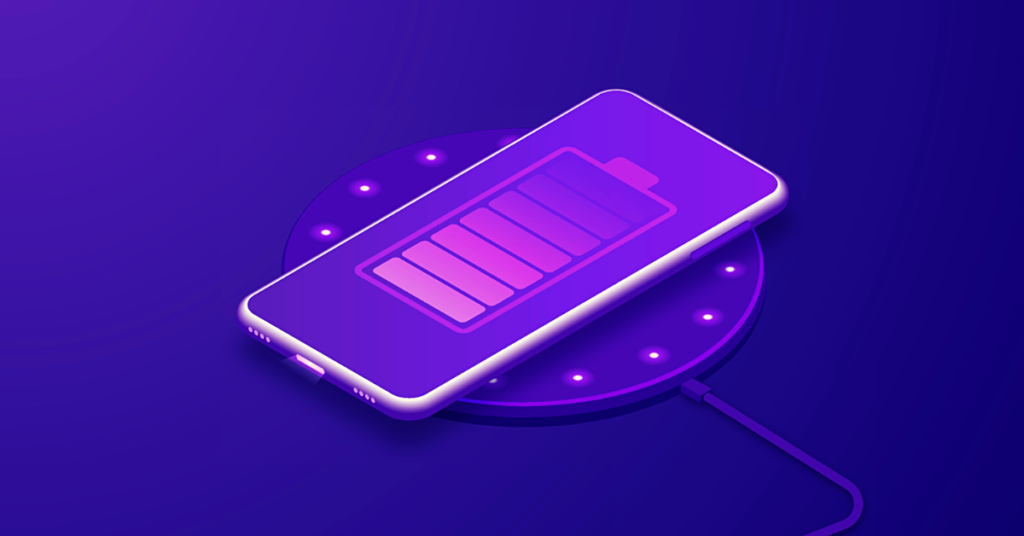
One thought on “Exploring the Limits: How Fast Wireless Charger Can Be?”
Comments are closed.